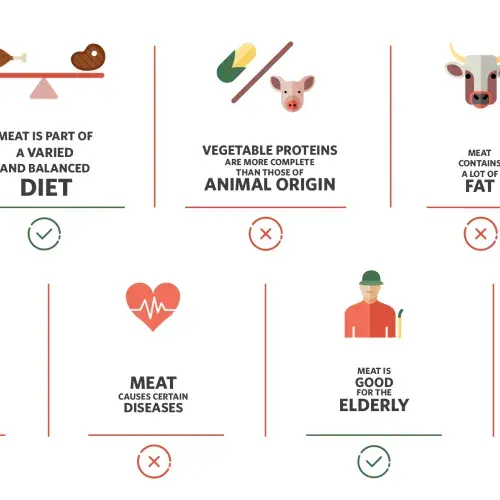What gives eggs their color?

When you go to the supermarket you can choose eggs of different colors: white, brown or even blue. This fact has led to many myths among consumers: some are healthier, some are more resistant... Below we shed some light on this issue and refute all those myths.
First we can explain why eggs are one color or another. And the reason is genes. Each breed provides different pigments during fertilization, which are what give the shell its color. Therefore, there are mainly three colors of eggs.
- White: These come from the Andalusian breeds, Fave-Rolles, Dorkings, Leghorn, Lakenvelders... They are characterized for being smaller hens.
- Brown: From the Barnevelder, Rhode Island Reds, Jersey Giants, Delawares and Orpington breeds. They are larger hens that lay more eggs.
- Blue: They come from hens of the Araucana or Mapuche breed originating in Chile. This breed lays much fewer eggs, so they are not easy to find.
In any case, the easiest way to know what color eggs a chicken will lay is by looking at its plumage. If the chicken has white feathers it will lay white eggs and if its plumage is brown its eggs will be brown.
Regarding the myths we mentioned at the beginning, none of them are close to reality.
On the one hand, the color of the eggs does not determine the hardness and strength of the shell. Their strength is related to the age of the chicken that lays them, the younger the chicken, the stronger the shell will be.
On the other hand, the claim that brown eggs are healthier than white eggs and vice versa is also incorrect. There is no relationship between the color of the shell and the quality of the egg. Whatever color an egg is the inside will always be the same. Its taste and quality depends mainly on the hen's diet and how it has been raised.


